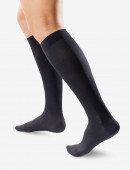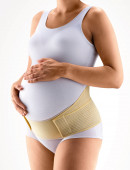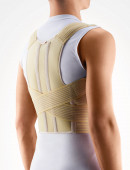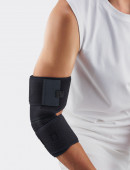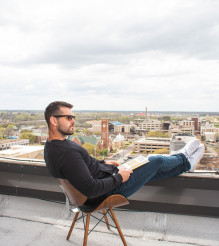Umbilical hernia is found within 15% of babies after birth. It is a minor defect in the soft tissue inside the abdomen in the location where the remains of the baby’s umbilical cord have separated Wait until the hernia reduces and disappears or perform surgical manipulations – this is evaluated by the doctor, monitoring the child for a longer period.
Umbilical hernia is found within 15% of babies after birth. It is a minor defect in the soft tissue inside the abdomen in the location where the remains of the baby’s umbilical cord have separated Wait until the hernia reduces and disappears or perform surgical manipulations – this is evaluated by the doctor, monitoring the child for a longer period.
How is an umbilical hernia formed?
Umbilical hernia as a small arch in the navel area that appears shortly after the baby is born, when the duct remnants of the umbilical cord have separated. Hernia forms in the place, where the organs through which the baby developing in the mother’s belly received nutrition, are closed after the separation of the umbilical cord. If the navel ring grows tightly, there is no risk of a hernia, but there are cases when a gap remains and there is a small opening subcutaneously in the anterior abdominal wall.
If the defect is small, then looking at the baby, visually it is not even possible to establish the hernia; the doctor notices the problem when examining the baby. Yet, if the hernia is larger, it may be noticed as a small, protruding bulge.
More often, umbilical hernia develops in prematurely born babies, as they are born with a smaller weight.
Is Umbilical Hernia Dangerous?
Any health problem of a new-born baby is a reason to worry for new parents. An umbilical hernia, as well. Specialists explain in most cases there is no danger to the health of the baby. The baby needs to be monitored in order to choose the right tactics for the removal of the defect. There are rare cases, when the intestines or omentum may slip into the small hernia opening or in the hernia gate. Then one needs to seek a doctor’s help immediately, because internal organs may suffer, and this situation may be life-threatening for the baby.
What happens when the hernia gets incarcerated:
- in the organ which is incarcerated, blood circulation is interrupted or stopped,
- the intestine may eventually rupture,
- an intestinal rupture may cause the development of an infection in the abdomen.
An incarcerated hernia may be detected, when taking daily care of the baby.
The symptoms of an incarcerated hernia are:
- a previously undetected formation under the navel has appeared,
- it may be hard,
- it may be red and swollen,
- the child may weep, and it may confirm that there is pain.
If the symptoms mentioned are noticed, the help of a doctor should be sought immediately, to provide timely help to the small patient.
Is Surgery Mandatory for a Hernia?
In cases when the hernia is incarcerated, surgical involvement will most probably be necessary, but in other cases, when there are no complications, specialists state that one should not rush with surgery, but rather monitor the child, in order to evaluate the development of the situation. Sometimes surgery is not needed at all, because in most cases, when the child is developing until the age of two, the hernia closes on its own without any consequences. Even if it has not happened until the age of two, there is a possibility that the hernia may close by the age of 11. Most specialists consider that, at least until the child starts preparing for school, one should not rush with surgery.
A general practitioner or paediatrician carries out the monitoring, but the decision on whether and in which cases surgery is required is taken by a surgeon, evaluating the size of the hernia and whether it interferes with the child’s physical activities and other factors. In this period the doctor will sometimes recommend the child to wear a special belt for fixation of the umbilical hernia. It is helpful in cases when there are contraindications for surgery.
Umbilical patches are used sometimes to enhance the closure of the umbilical hernia. Different physiotherapeutic exercises and massages may also assist the closure of the hernia, which may enhance the development of the abdominal muscles and diminish or completely remove the hernia.
If it is decided to perform surgery of the hernia, specialists comfort the worried parents by stating that it is not a risky manipulation, and most often the little patient may go home on the same or the next day. One should take into account that during the treatment period one should avoid energetic physical activity and lifting weight, observing the regimen prescribed by the doctor.
Photo by Jonathan Borba on Unsplash

